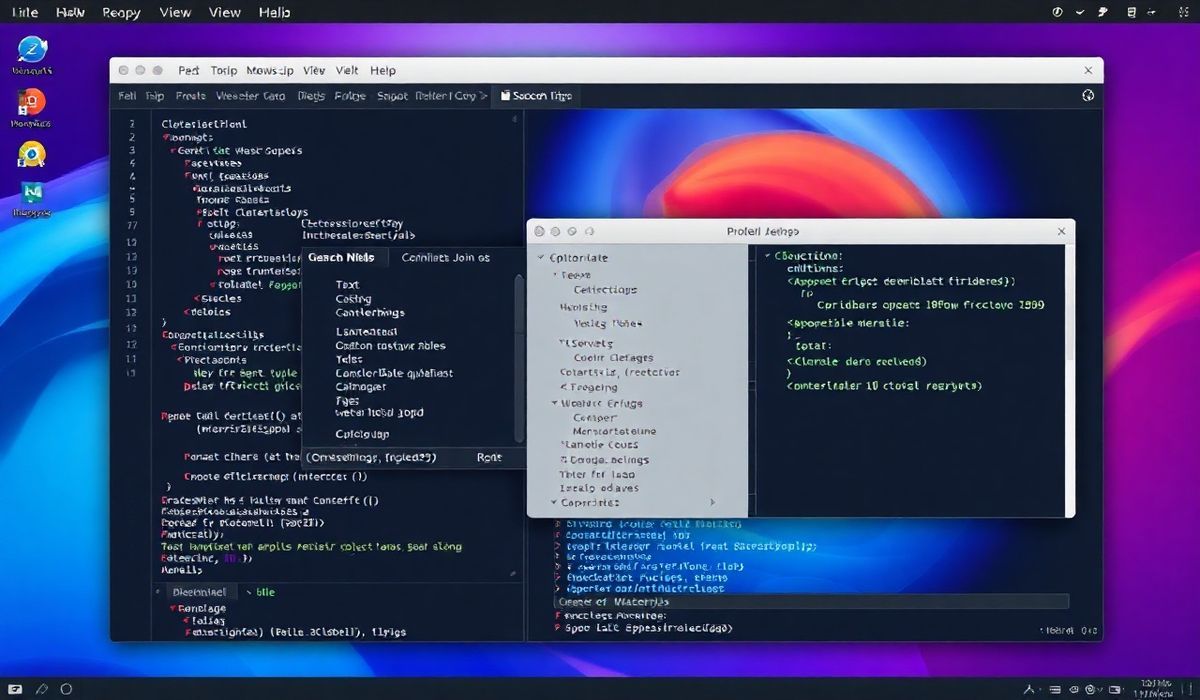Ultimate Guide to Mastering Jest Puppeteer
Jest Puppeteer is a powerful tool that combines Puppeteer, a Node library that provides a high-level API to control Chrome or Chromium over the DevTools Protocol, with Jest, a delightful JavaScript Testing Framework with a focus on simplicity. This combination allows developers to write efficient end-to-end tests that simulate user interactions in a real browser environment.
Getting Started with Jest Puppeteer
First, make sure you have Jest and Puppeteer installed in your project:
npm install --save-dev jest puppeteer jest-puppeteer
Basic Configuration
Configure Jest to use Puppeteer by adding the following configuration to your jest.config.js file:
module.exports = {
preset: 'jest-puppeteer',
};
Writing Tests
Here are some common API methods in Jest Puppeteer and their usage:
Example: Launching a Browser
describe('Google', () => {
beforeAll(async () => {
await page.goto('https://www.google.com');
});
it('should display "google" text on the page', async () => {
await expect(page).toMatch('google');
});
});
Example: Taking a Screenshot
it('should take a screenshot', async () => {
await page.screenshot({ path: 'screenshot.png' });
});
Example: Filling and Submitting a Form
it('should fill and submit a form', async () => {
await page.type('input[name="q"]', 'Jest Puppeteer');
await page.click('input[type="submit"]');
await page.waitForNavigation();
await expect(page).toMatch('Jest Puppeteer');
});
Example: Element Click
it('should click a button', async () => {
await page.click('button#example');
await expect(page).toMatch('Button Clicked');
});
Example: Waiting for Element
it('wait for an element', async () => {
await page.waitForSelector('div#loaded');
await expect(page).toMatch('Content loaded');
});
Complete App Example
Here is a comprehensive example using a simple app homepage:
describe('Homepage', () => {
beforeAll(async () => {
await page.goto('http://localhost:3000');
});
it('should have the correct title', async () => {
await expect(page.title()).resolves.toMatch('Homepage');
});
it('should navigate to About page and display content', async () => {
await page.click('a[href="/about"]');
await page.waitForSelector('h1');
await expect(page).toMatch('About Us');
});
it('should fill in a contact form', async () => {
await page.click('a[href="/contact"]');
await page.waitForSelector('form');
await page.type('input[name="name"]', 'John Doe');
await page.type('input[name="email"]', 'john.doe@example.com');
await page.type('textarea[name="message"]', 'Hello, this is a test message.');
await page.click('button[type="submit"]');
await page.waitForSelector('.success');
await expect(page).toMatch('Thank you for your message!');
});
});
By integrating Jest Puppeteer into your testing workflow, you can automate and ensure a high level of confidence in your web applications, ensuring that they behave as expected in a real user environment.
Hash: 34fa9aafad68830196c2d5de16bc8c1e6de6da79f7230bc233f98eb340c26207




